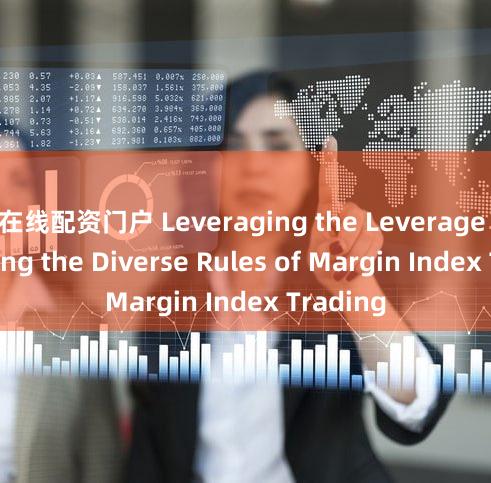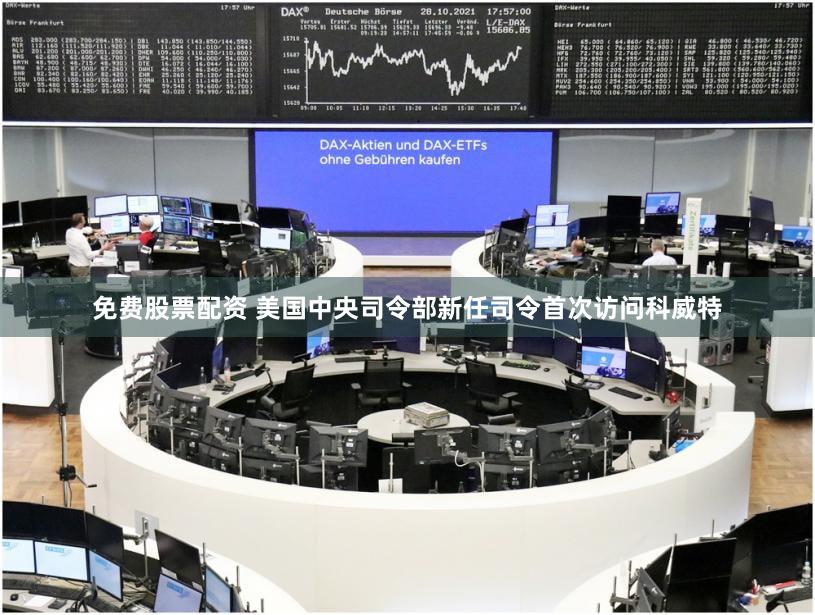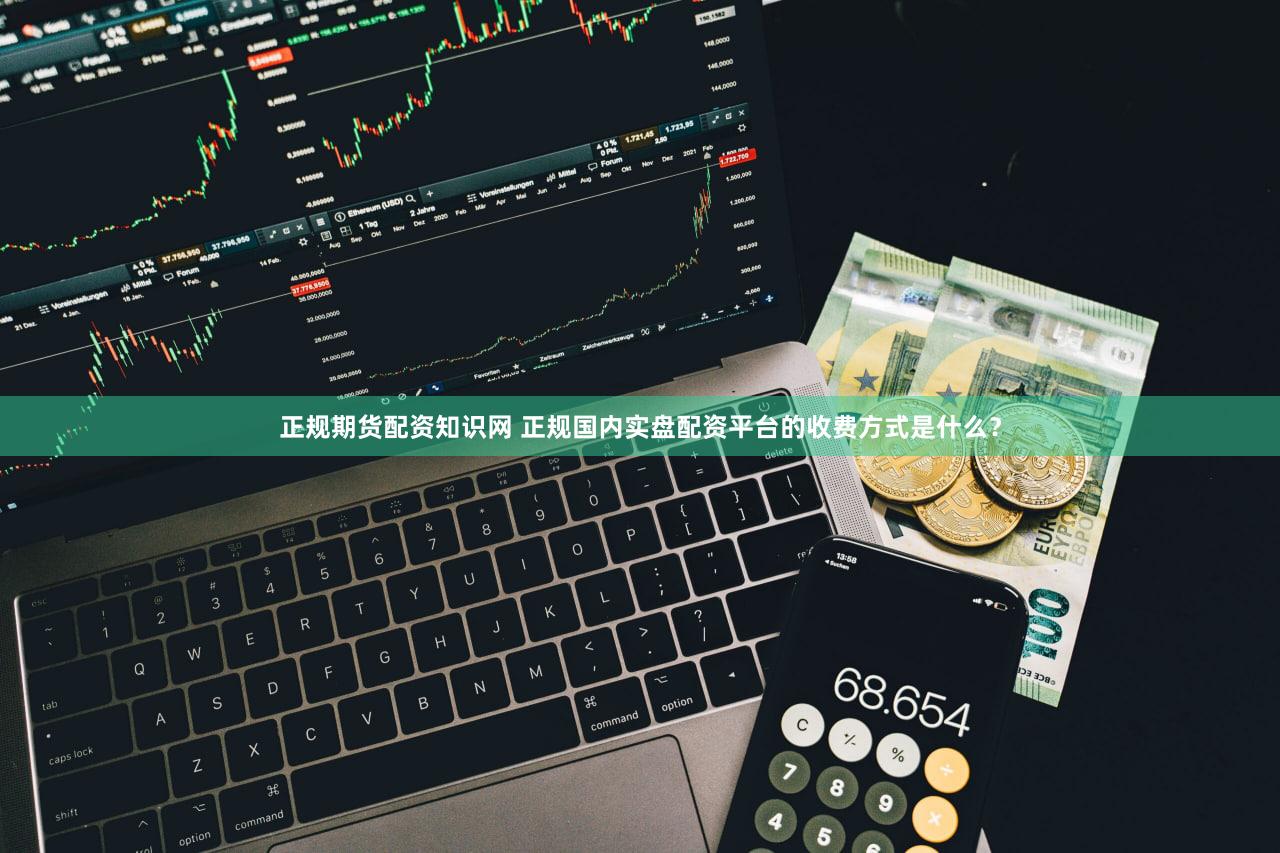
Leveraging the Leverage: Decoding the Diverse Rules of Margin Index Trading
Meta Description: Uncover the intricacies of margin index trading rules with this comprehensive guide. Learn about different margin requirements, risk management strategies, and regulatory nuances across various markets. Discover expert insights and practical advice for navigating this complex financial landscape.
Unlocking the Power of Leverage: A Margin Index Trading Deep Dive
So, you're intrigued by the potential of margin index trading? You've heard the whispers – the possibility of amplifying returns, the thrill of the ride. But before you dive headfirst into this exciting, yet potentially perilous, world, let's get one thing straight: it's not a walk in the park. Margin trading, essentially borrowing money from your broker to invest more than you actually own, is a double-edged sword. While it can supercharge your profits, it can also magnify your losses exponentially. Think of it like this: it's like driving a Formula 1 car – exhilarating speed and breathtaking performance, but one wrong move and… well, you get the picture. This comprehensive guide will equip you with the knowledge to handle that Formula 1 machine safely and effectively, helping you understand the diverse rules governing margin index trading across different markets and brokers. We’ll explore the nuances of margin requirements, risk management techniques, and regulatory frameworks, providing you with the insights you need to make informed decisions and navigate this complex financial arena. Get ready to demystify the world of leverage and unlock its potential responsibly!
Margin Requirements: The Foundation of Index Trading
The bedrock of margin index trading revolves around margin requirements. These requirements, set by your broker and influenced by regulatory bodies, dictate the amount of capital you must maintain in your account relative to the value of your leveraged positions. Think of it as a safety net, ensuring you have enough "skin in the game" to absorb potential losses. These requirements vary drastically based on several factors:
-
The Underlying Index: A highly volatile index like the VIX (Volatility Index) will generally have stricter margin requirements than a more stable index like the S&P 500. The higher the volatility, the higher the risk, and thus, the higher the margin requirement.
-
Brokerage Firm: Different brokers have different risk appetites. Some may be more lenient, while others might demand higher margins to mitigate their risk exposure. Shop around and compare!
-
Market Conditions: During periods of heightened market uncertainty or volatility (like, say, a global pandemic or a major geopolitical event… you get the idea), brokers often increase margin requirements to protect themselves and their clients. This is a crucial aspect of risk management you need to appreciate fully.
-
Your Trading Strategy: Sophisticated trading strategies that involve options or other derivatives may attract higher margin requirements compared to simpler buy-and-hold strategies.
Example: Let's say your broker requires a 50% margin for a particular index. If you want to invest $10,000 worth of the index, you'll need to deposit $5,000 of your own money as collateral, with the broker lending you the remaining $5,000. Your potential gains are amplified, but so are your potential losses.
Navigating the Regulatory Landscape
The regulatory landscape surrounding margin index trading is complex and varies significantly by jurisdiction. In the US, the Securities and Exchange Commission (SEC) and the Financial Industry Regulatory Authority (FINRA) play crucial roles in setting standards and overseeing brokerages. Other countries have their own regulatory bodies with similar responsibilities. Understanding these regulations is not optional; it's essential for your safety and the legality of your trading activities. Ignoring them can lead to significant penalties, including hefty fines and legal repercussions. It's crucial to stay updated on the latest regulations!
Risk Management: Your Shield Against Losses
Margin trading magnifies both profits and losses. Therefore, robust risk management strategies are paramount. Here are some key components:
-
Position Sizing: Never bet the farm! Determine the maximum percentage of your capital to allocate to any single trade. A common rule of thumb is to limit individual trades to no more than 2-5% of your total portfolio.
-
Stop-Loss Orders: These orders automatically sell your position when the price reaches a predetermined level, limiting potential losses. They're your safety net, preventing catastrophic losses.
-
Diversification: Don't put all your eggs in one basket. Diversify your portfolio across different asset classes and indices to reduce overall risk.
-
实盘配资平台怎么找
Regular Monitoring: Keep a close eye on your positions and the market. Don't let emotions cloud your judgment.
Understanding Margin Calls
A margin call is a dreaded event in margin trading. It occurs when the value of your portfolio drops below the required margin level. Your broker will then demand that you deposit additional funds to restore the margin to the acceptable level. Failing to meet a margin call can result in a forced liquidation of your positions, potentially leading to substantial losses. It's a bit like a loan shark, but, you know, legally binding.
Common Mistakes to Avoid
Many newcomers to margin index trading fall prey to common mistakes. Here are a few to watch out for:
-
Overleveraging: Taking on too much debt can quickly lead to devastating losses. Start conservatively and gradually increase your leverage as you gain experience and confidence.
-
Ignoring Risk Management: Failing to implement proper risk management techniques is a recipe for disaster. Always use stop-loss orders and diversify your portfolio.
-
Emotional Trading: Let logic and your trading plan guide your decisions, not fear and greed.
-
Lack of Knowledge: Thorough research and education are crucial before trading with leverage.
Frequently Asked Questions (FAQs)
Q1: What are the benefits of margin index trading?
A1: The primary benefit is leverage, which allows you to amplify potential profits. However, it's crucial to remember that it also amplifies potential losses.
Q2: How do I choose the right broker for margin trading?
A2: Consider factors like margin requirements, trading platform, fees, customer support, and regulatory compliance. Compare offers from multiple brokers before making a decision.
Q3: What happens if I fail to meet a margin call?
A3: Your broker will likely liquidate (sell) some or all of your positions to cover the shortfall. This can result in significant losses.
Q4: Is margin trading suitable for beginners?
A4: No, it's generally not recommended for beginners. It's a high-risk strategy that requires significant knowledge and experience. Start with a smaller account and paper trading to test your strategies before using leverage.
Q5: What are the tax implications of margin trading?
A5: Tax implications vary depending on your jurisdiction. Consult with a tax professional for personalized advice. Capital gains taxes are typically applicable on profits.
Q6: Are there any alternatives to margin trading?
A6: Yes, you can invest in indices without leverage. This reduces risk but also limits potential gains.
Conclusion: Mastering the Art of Leverage
Margin index trading presents a powerful tool for experienced investors, but it's a double-edged sword. Understanding the diverse rules governing margin requirements, risk management, and regulatory frameworks is crucial for success. By carefully managing risk, staying informed about market conditions, and adhering to sound trading principles, you can leverage the power of leverage responsibly and potentially amplify your investment returns. Remember, knowledge is power, and in the world of finance, knowledge can be the difference between fortune and ruin. Always prioritize education, risk management, and responsible trading practices. Good luck, and happy trading!
文章为作者独立观点,不代表财盛证券观点






